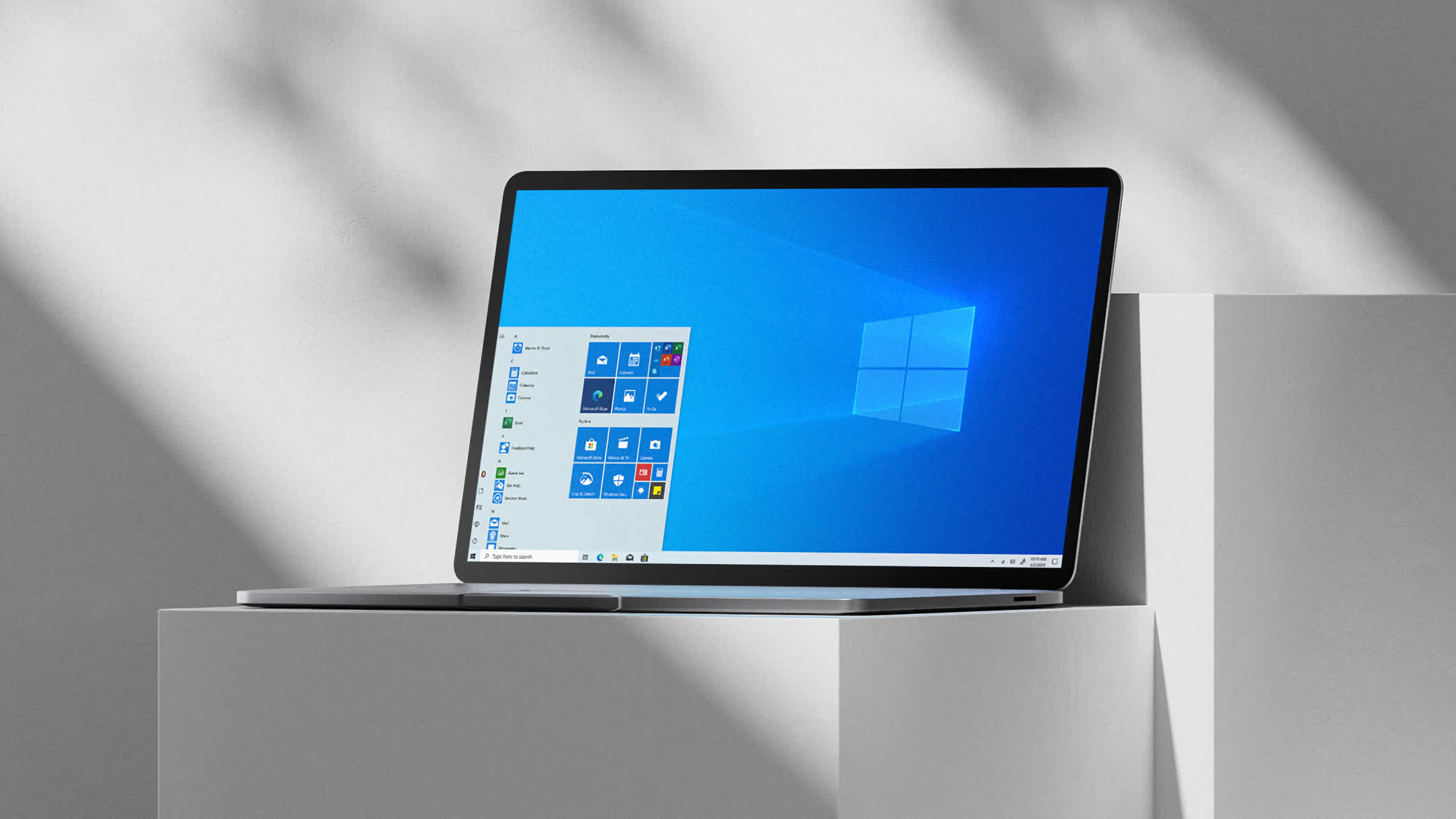What just happened? NTDev has been tinkering with Windows products for some time, gracing the market with unique offerings, but this accomplishment bears highlighting given it's a significant achievement for installation speedruns. And as Windows 10's end-of-support date looms, users will be looking for alternative solutions.
Windows developer and enthusiast NTDev challenged themself to install Windows 10 as fast as possible and succeeded in setting a new record for such a feat at 104 seconds.
To be clear, this was not a typical Windows 10 download. NTDev used the best hardware available as well as a Tiny10 version of the OS – a stripped-down version of Windows 10 that is based on Microsoft's original Windows 10 LTSC 2021 and features only the core functions without the system accessories. Built for old computers that can't run the standard Windows 10 properly, Tiny10 requires a few workarounds to install, not to mention it installs within 104 seconds.
For example, Partition Wizard notes you'll need a valid Windows 10 key but that Windows 7 and 8 keys may also work. It also advises people trying it out to be aware of the risks of using modified Windows images. You'll also want to have a fast and stable network.
But for those with low-end PCs, the effort might be worth it. This latest version of Tiny10 also comes with a component store, the remote desktop feature, and Windows Defender. Even PCs that can support a standard Windows 10 install might consider Tiny10 or at least look enviously at its speed – at 104 seconds it vastly outguns the 20 to 30 minutes a typical install takes.
NTDev's optimization is a significant achievement for software development – installation speedruns in particular – and might even inspire a new look at what is necessary for an efficient operating system.
But it's also a reminder that Windows 10's days are numbered. In October 2025 it will reach its end-of-support date after its official launch in July 2015. Given that it's been Microsoft's most successful operating system release ever, we can expect to see more offerings like Tiny10 come to market as users scramble to keep their Windows 10 machines operational. One example came from Google last week, when it announced that businesses would be able to install ChromeOS Flex – a ChromeOS fork designed to be installed on conventional PC hardware – to their Windows devices, effectively allowing users to keep using their Windows 10 systems.
There is always the option of migrating to Windows 11 and NTDev has written a Tiny11 version of the OS for users interested in his work. Fair warning, though: its recent install took an interminable – by comparison – three minutes to complete.
